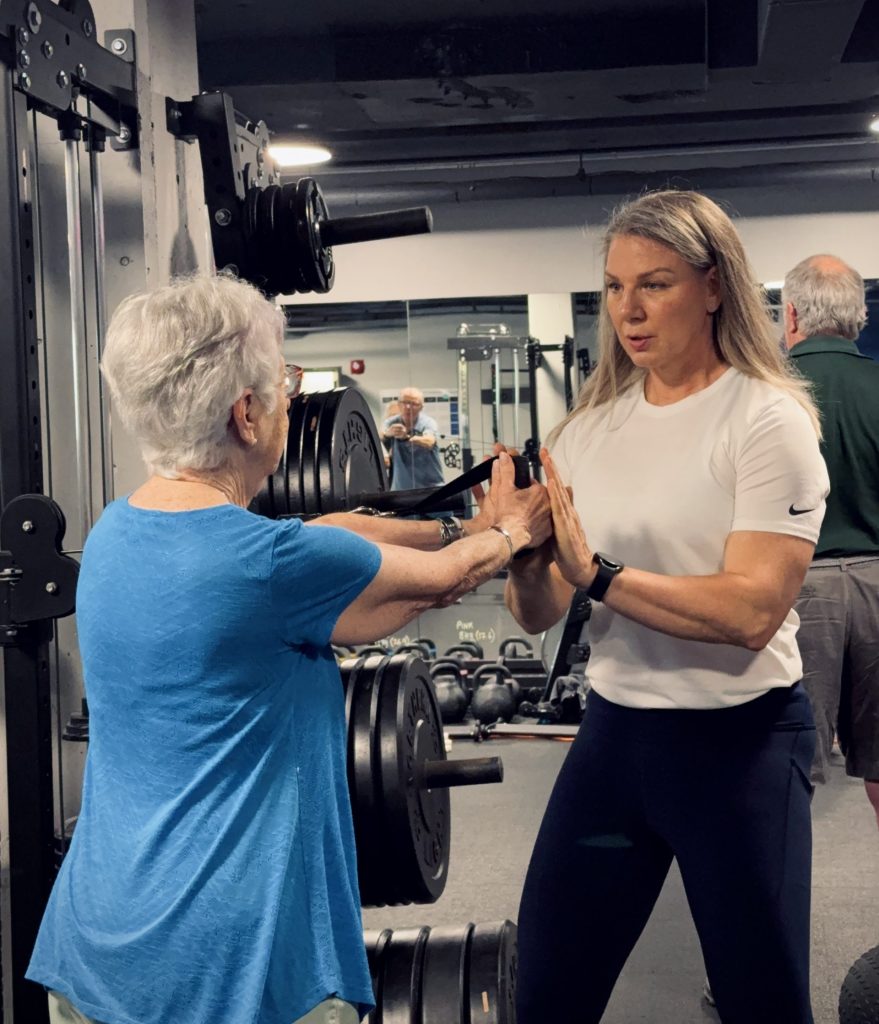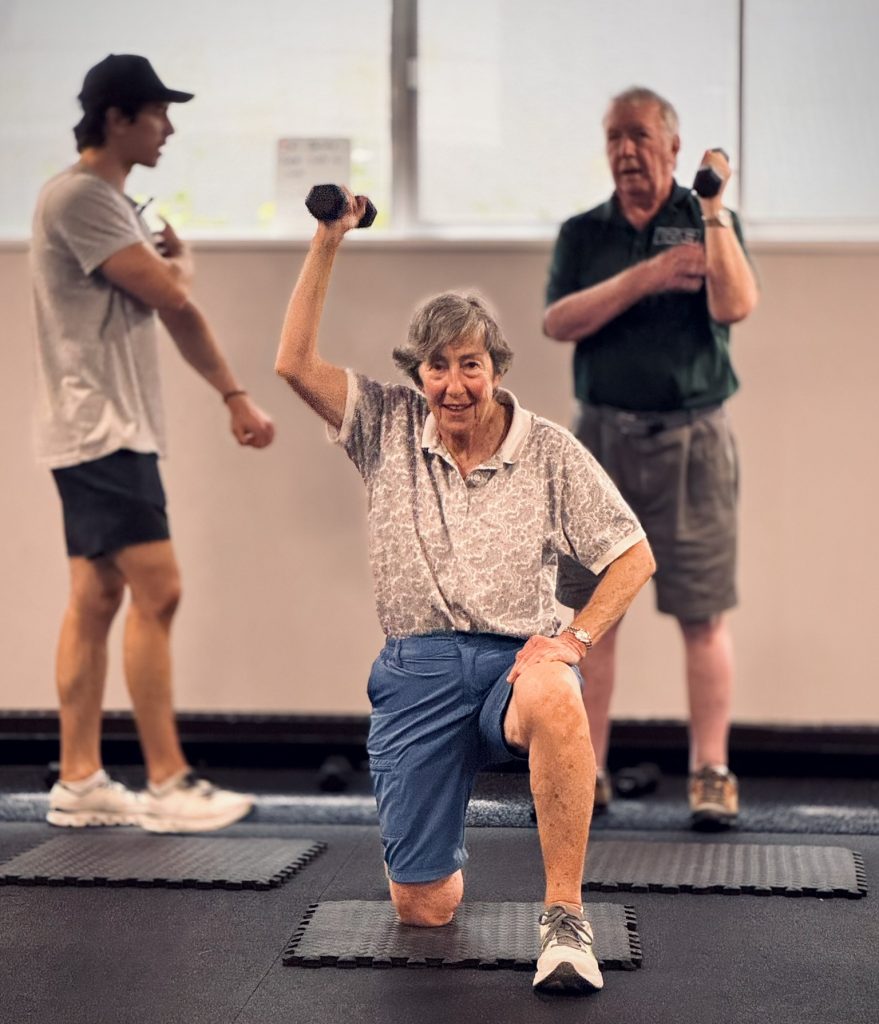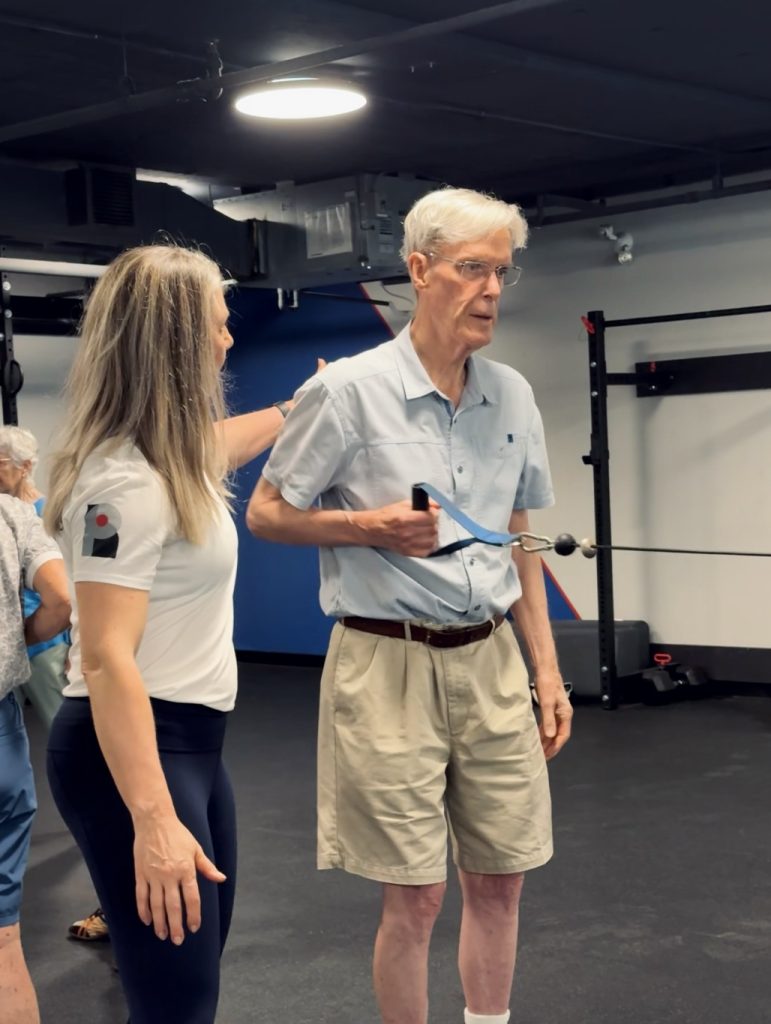Why It’s Never Too Late to Start Strength Training
When it comes to health and fitness, the phrase “use it or lose it” holds a lot of truth – especially as we age. But what if you’ve already “lost it”? What if your knees ache, your balance isn’t what it used to be, and you haven’t stepped foot in a gym in decades?
Here’s the good news: it’s never too late to (re-)start strength training. And starting later in life isn’t just possible – it’s incredibly beneficial.
Aging Isn’t the End of Strength.
It’s the Beginning of a New Chapter.
Muscle loss is a natural part of aging. Starting in our 30s, we lose about 3–8% of muscle mass per decade, and that rate accelerates after age 60. This loss of muscle – called sarcopenia – is a major contributor to frailty, falls, and loss of independence in older adults. According to the National Institute on Aging, strength training is one of the most effective ways to prevent and even reverse this process.
Even better, older adults can still build muscle and gain strength—often at impressive rates. A meta-analysis published in Ageing Research Reviews found that seniors who engaged in consistent resistance training saw significant improvements in muscular strength, with some increasing lean muscle mass at levels comparable to younger adults.
Why Strength Training Matters for Seniors
- Improved Balance and Fall Prevention
Falls are the leading cause of injury among older adults. Strengthening the muscles in the legs, core, and hips improves balance and coordination, dramatically reducing the risk of falls.
- Bone Density and Osteoporosis Prevention
Weight-bearing exercises stimulate bone growth. Strength training can slow—or even reverse—bone loss, reducing the risk of fractures and osteoporosis.
- Joint Health and Pain Reduction
Contrary to common fears, strength training can actually reduce pain in conditions like arthritis by strengthening the muscles that support joints.
- Greater Independence
Everyday activities—carrying groceries, climbing stairs, getting up from a chair—require muscular strength. Maintaining (or regaining) strength means maintaining autonomy.
- Cognitive and Mental Health Benefits
Regular exercise, especially strength training, is linked to better cognitive function, reduced symptoms of anxiety and depression, and improved overall mood. It’s not just about the body; it’s about brain health too.
- Metabolic and Cardiovascular Health
Lifting weights helps regulate blood sugar, improve cholesterol levels, and manage body weight, all of which contribute to reduced risk of type 2 diabetes and heart disease.


Busting the Myths About Seniors and Lifting Weights
“I’m too old to start now.”
You’re not. Some studies have included participants in their 90s who made measurable gains in strength, balance, and mobility. The key is starting appropriately and progressing gradually.
“Strength training is dangerous for seniors.”
When done under proper guidance, strength training is very safe. In fact, NOT training poses greater risks over time: falls, frailty, and loss of independence all stem from muscle weakness.
“I’m not fit enough to join a gym.”
This is one of the most common and understandable concerns, especially for those who haven’t exercised in years. But here’s the truth: gyms and fitness studios that specialize in training older adults are built for beginners. Everyone starts somewhere, and the focus isn’t on perfection – it’s on progress. A supportive, age-inclusive environment will meet you where you are, not where you think you “should” be. The goal isn’t to be fit before you start. The goal is to get stronger, one step at a time.
Getting Started: What Seniors Should Look for in a Strength Program
- Trainer Experience with Older Adults
Trainers who understand the unique needs of seniors will adapt programs to account for previous injuries, mobility limitations, or health concerns.
- Small Group or 1:1 Settings
Smaller class sizes or personal training ensures more individualized attention, which is especially important when learning proper technique.
- Functional Focus
Programs that prioritize movements like squats, lifts, and carries help train the body for everyday activities.
- Supportive Community Environment
Working out with peers in a positive, age-inclusive environment helps reduce intimidation and increase enjoyment.


About the author
Silvia Klein is the founder and owner of Powerhaus Ottawa, a strength-focused training studio known for its inclusive, results-driven environment. With years of experience working with individuals of all fitness levels and ages, Silvia has witnessed firsthand the transformative power of strength training at every stage of life. Her approach combines science-based programming with a deep commitment to helping people unlock their potential — no matter where they start.





